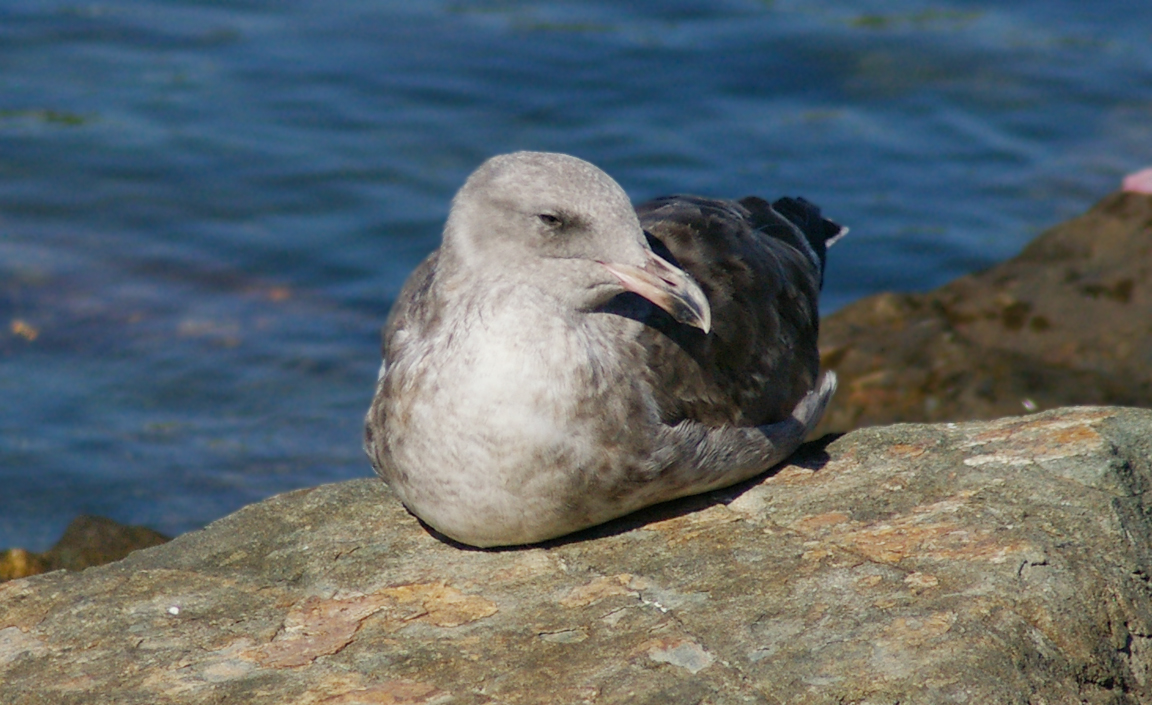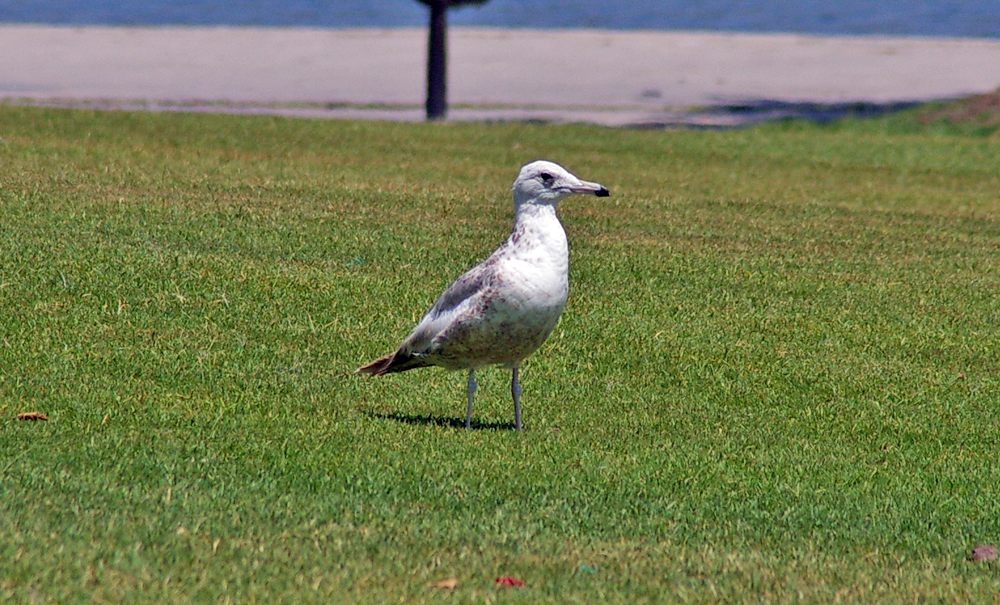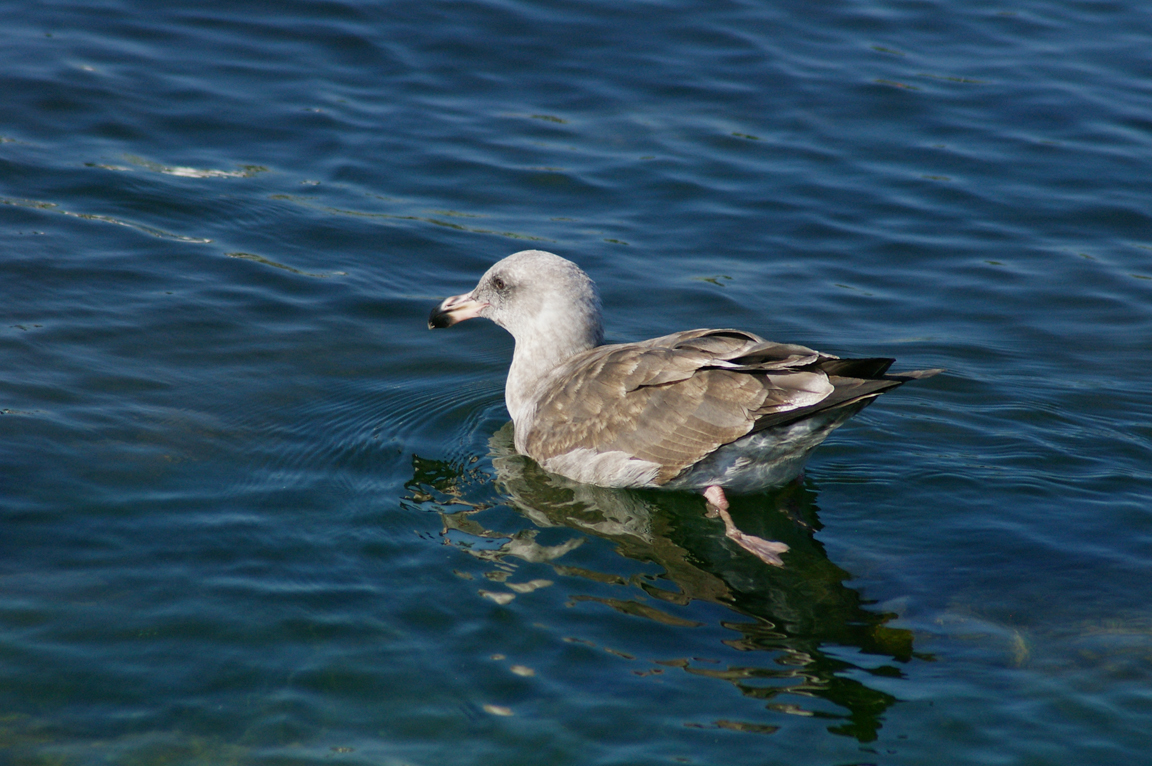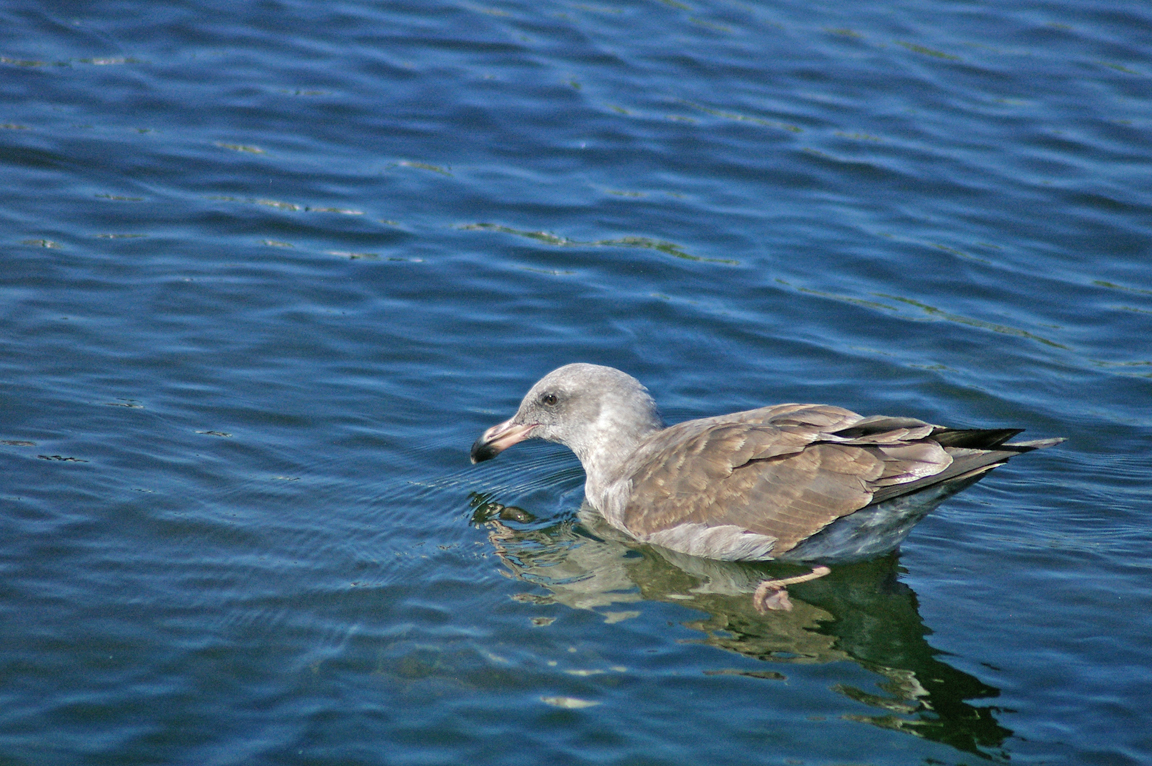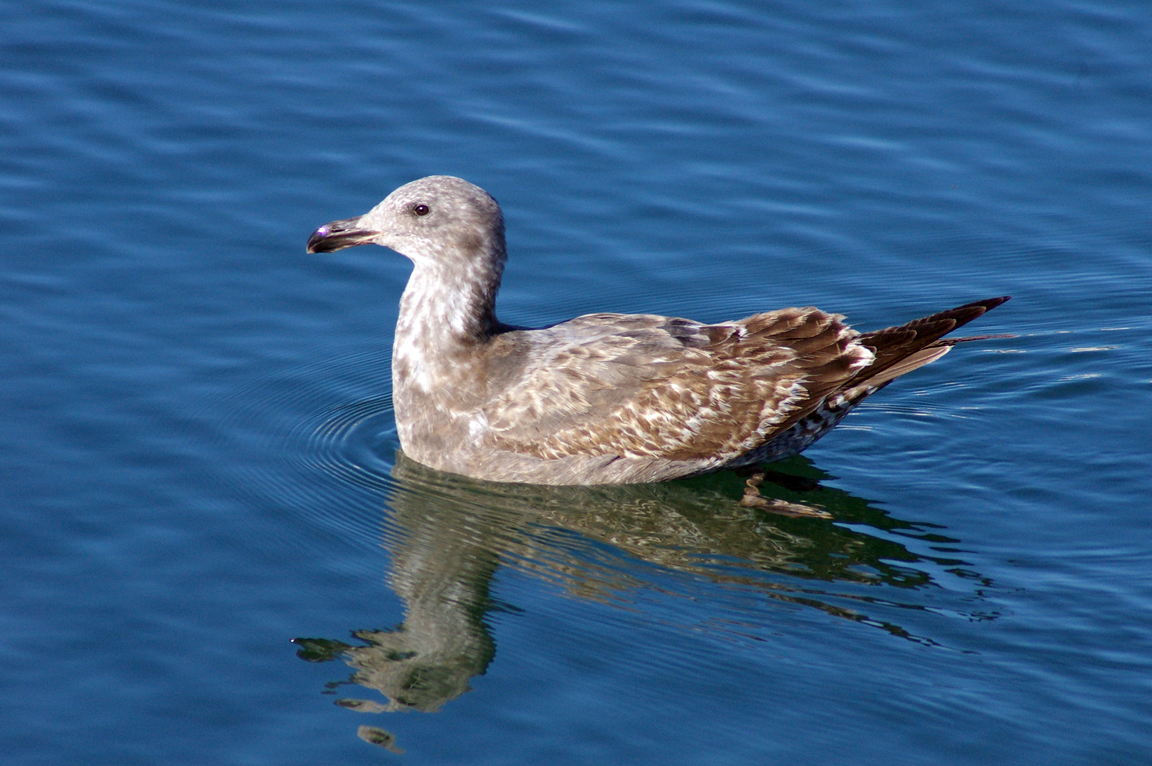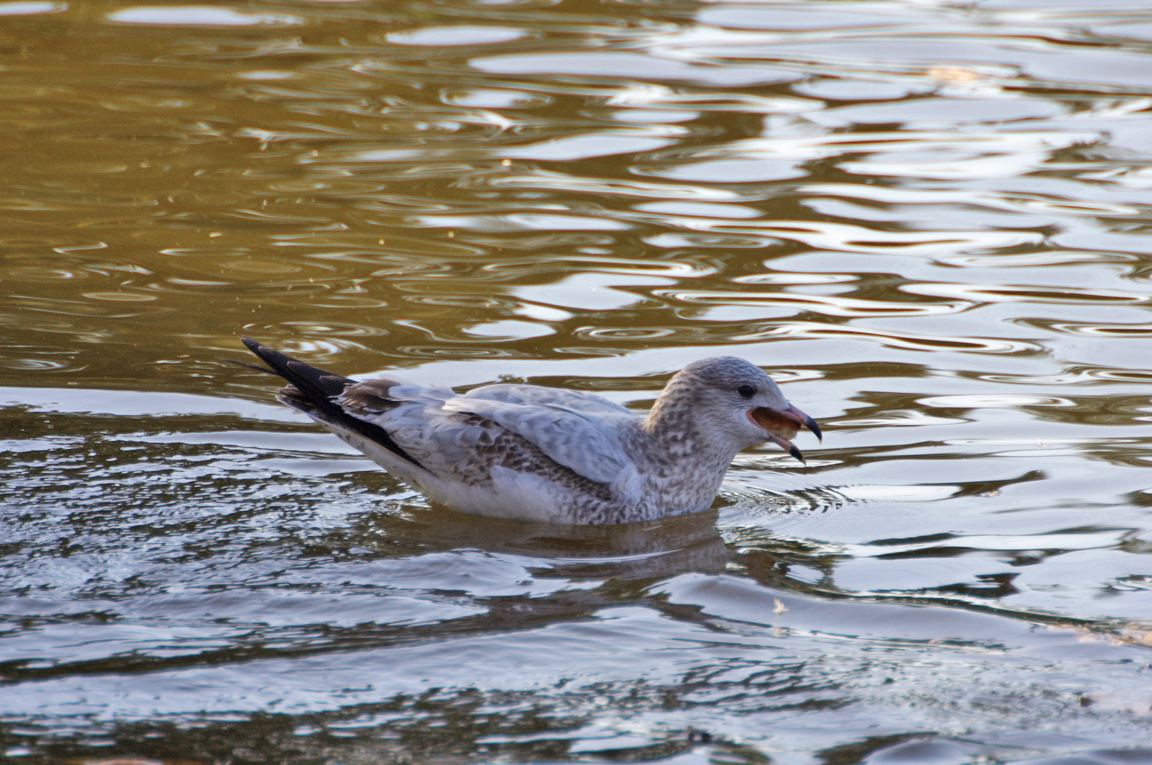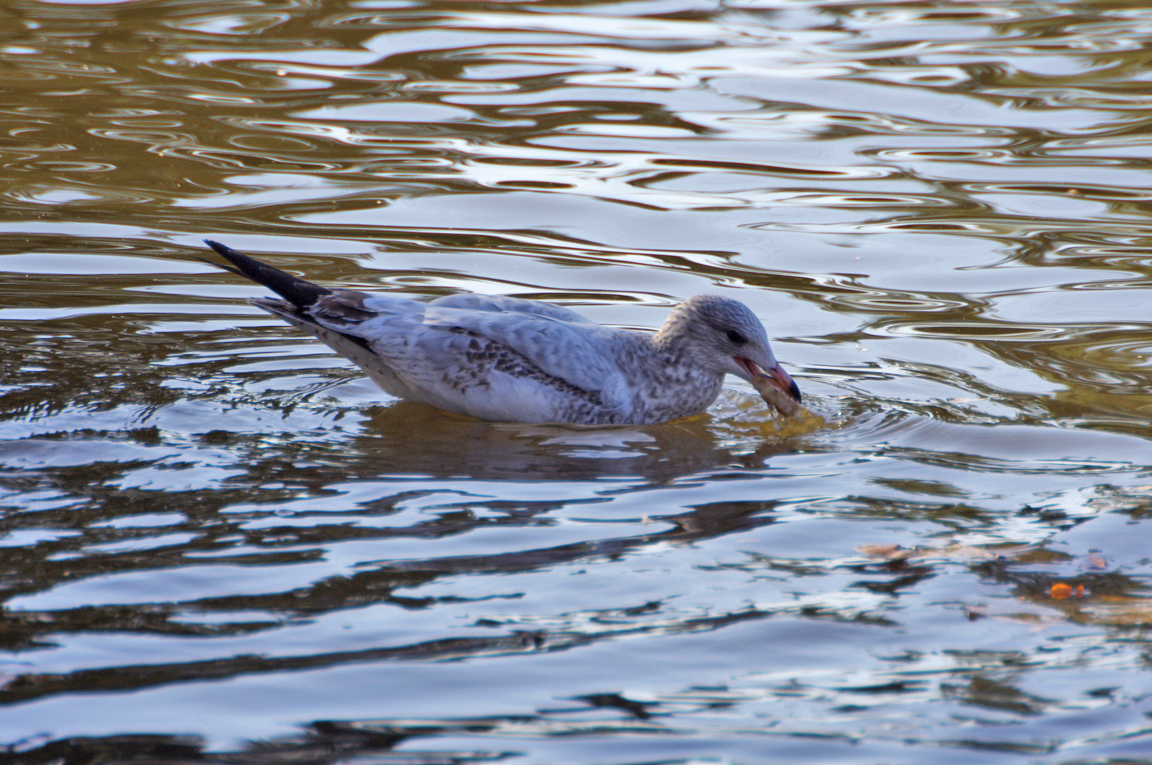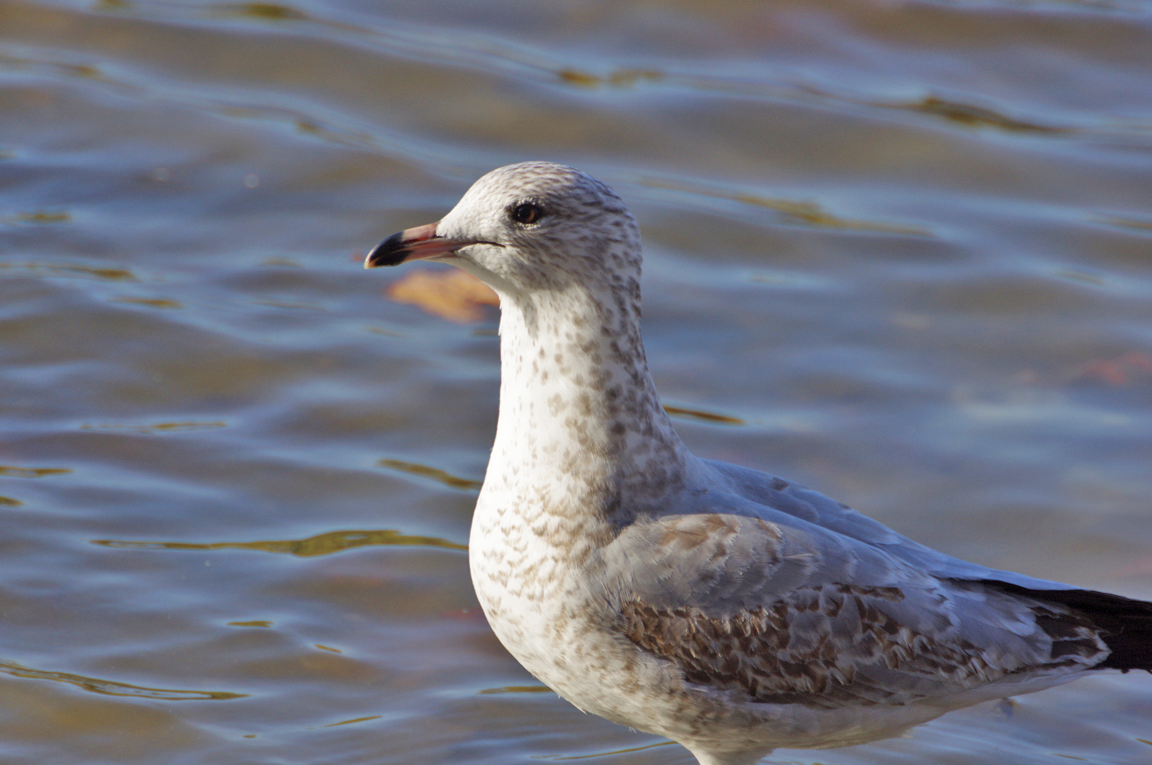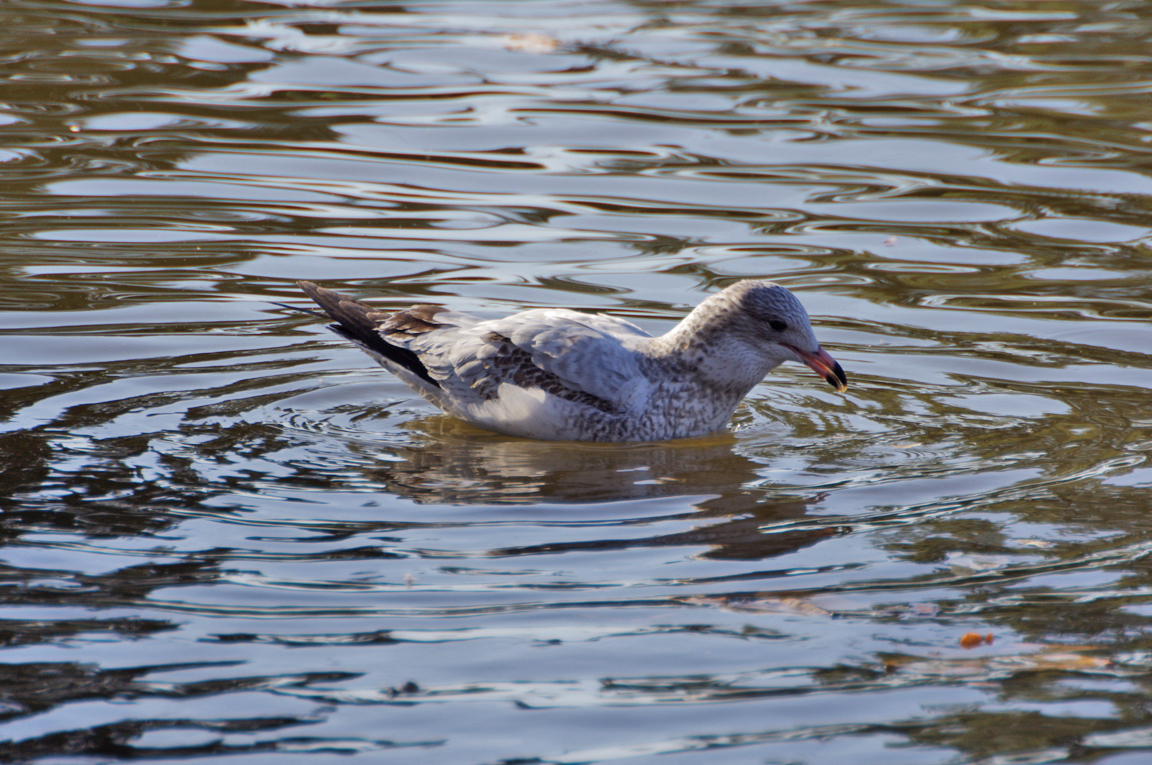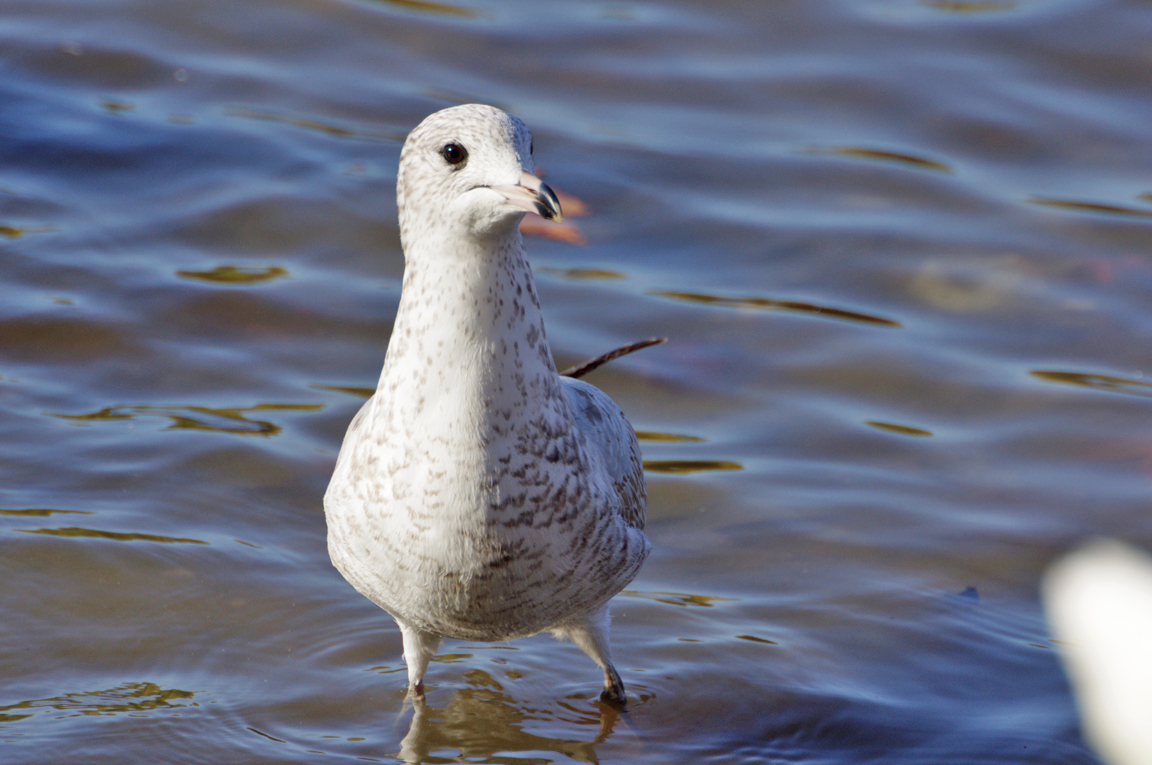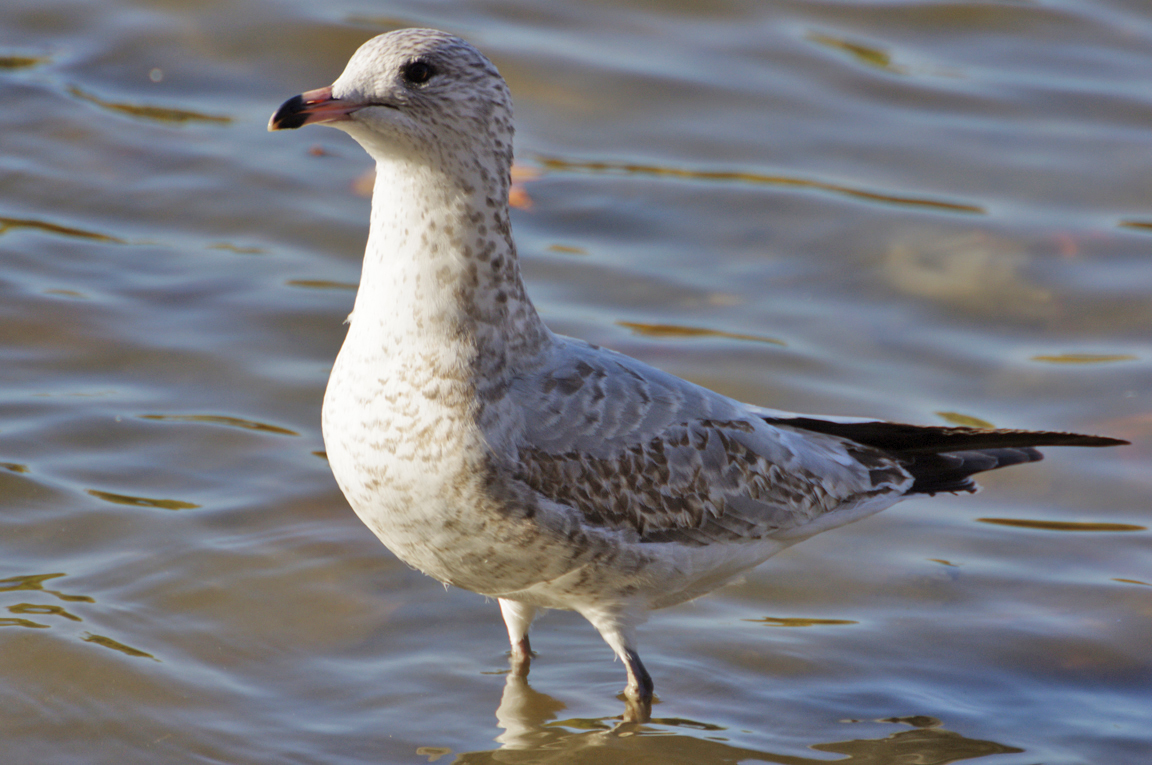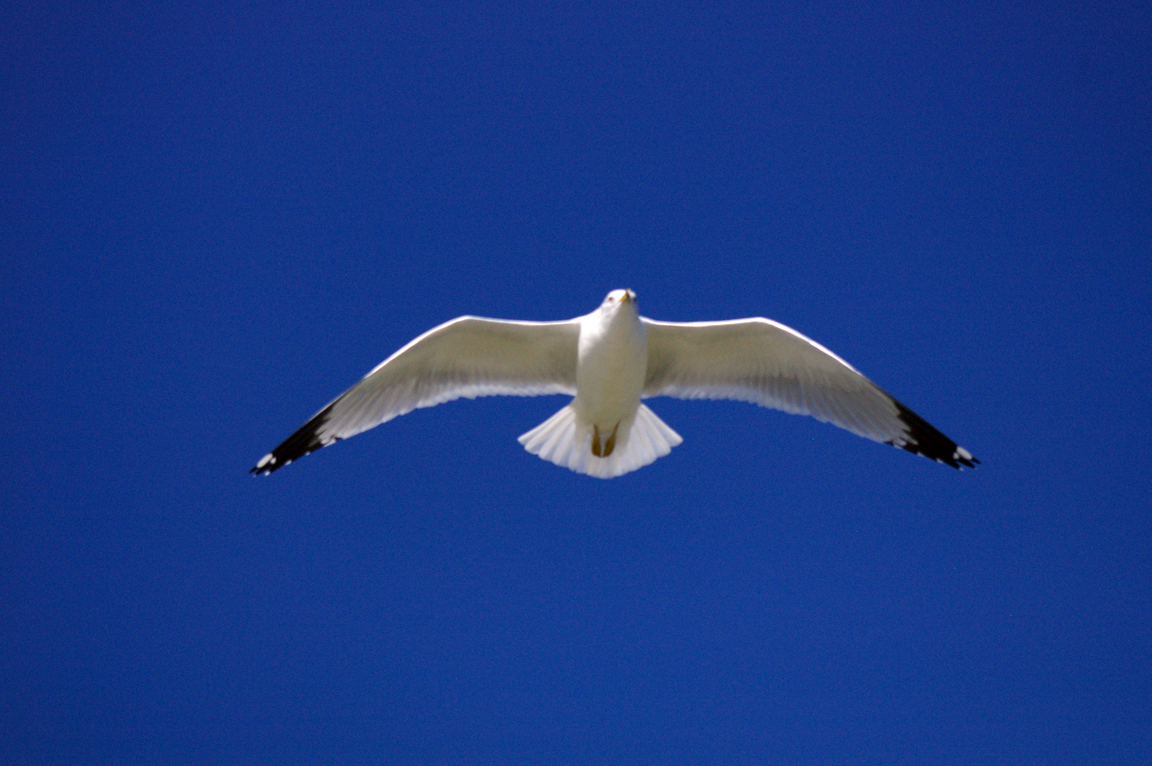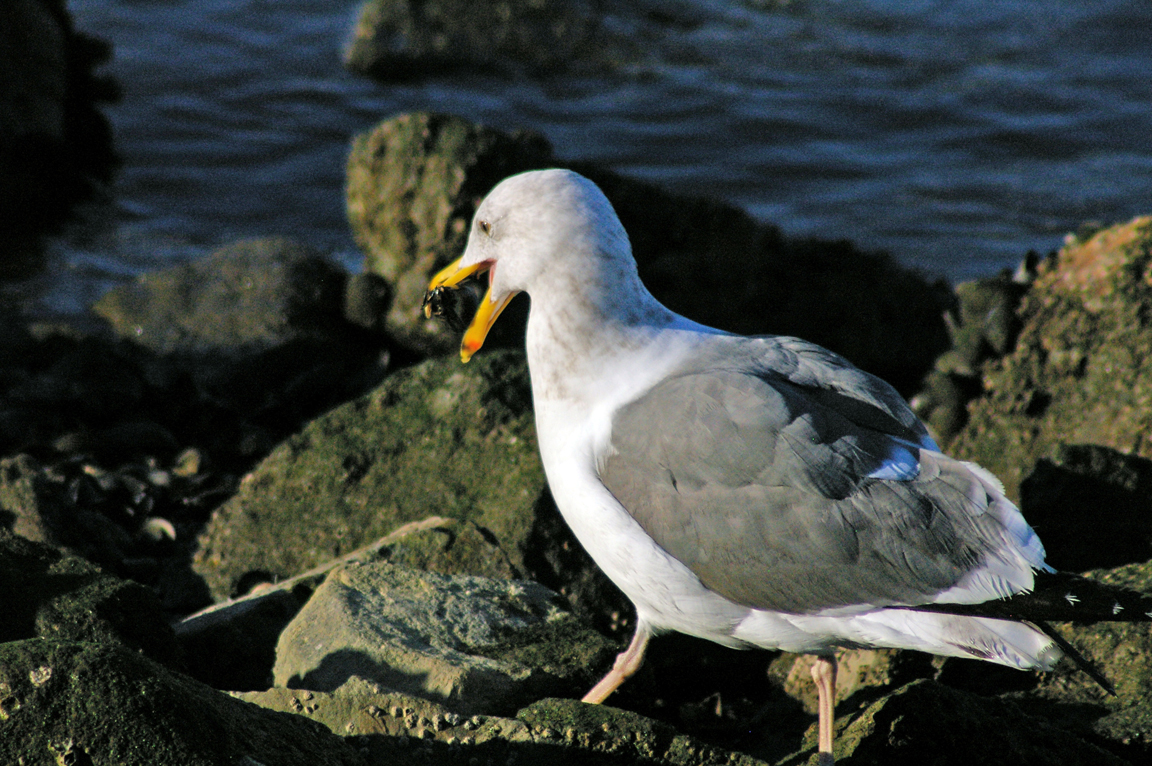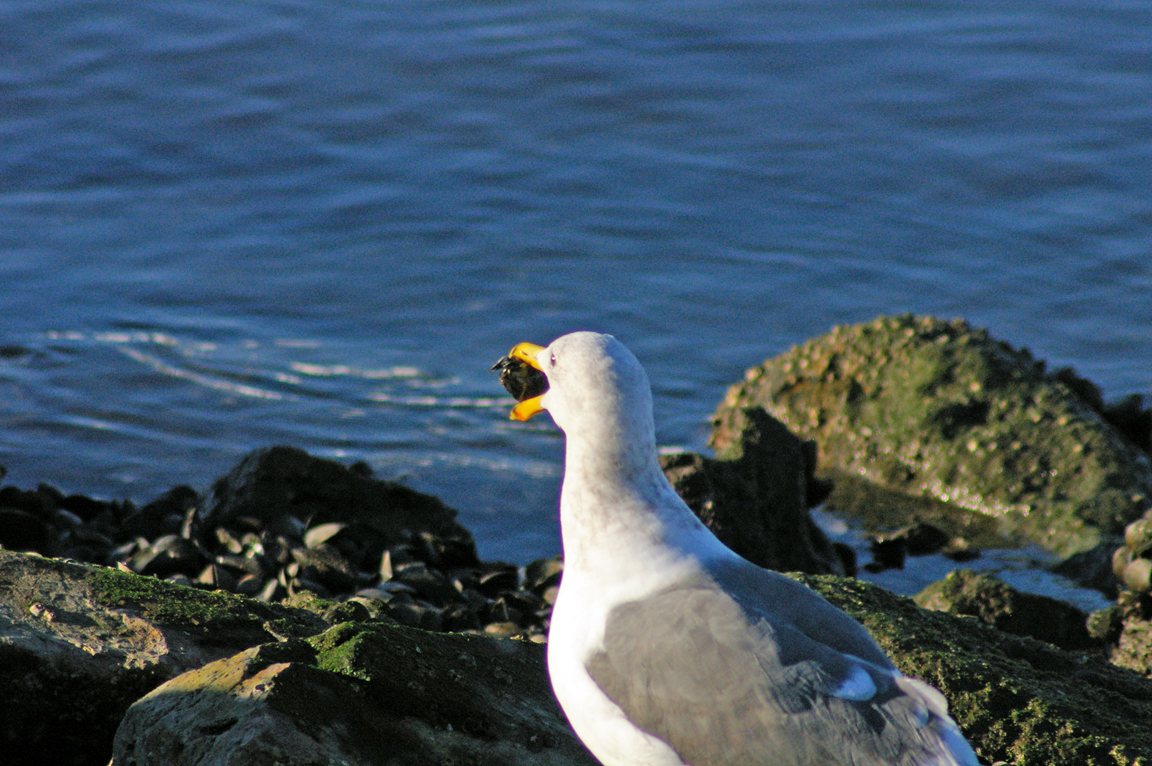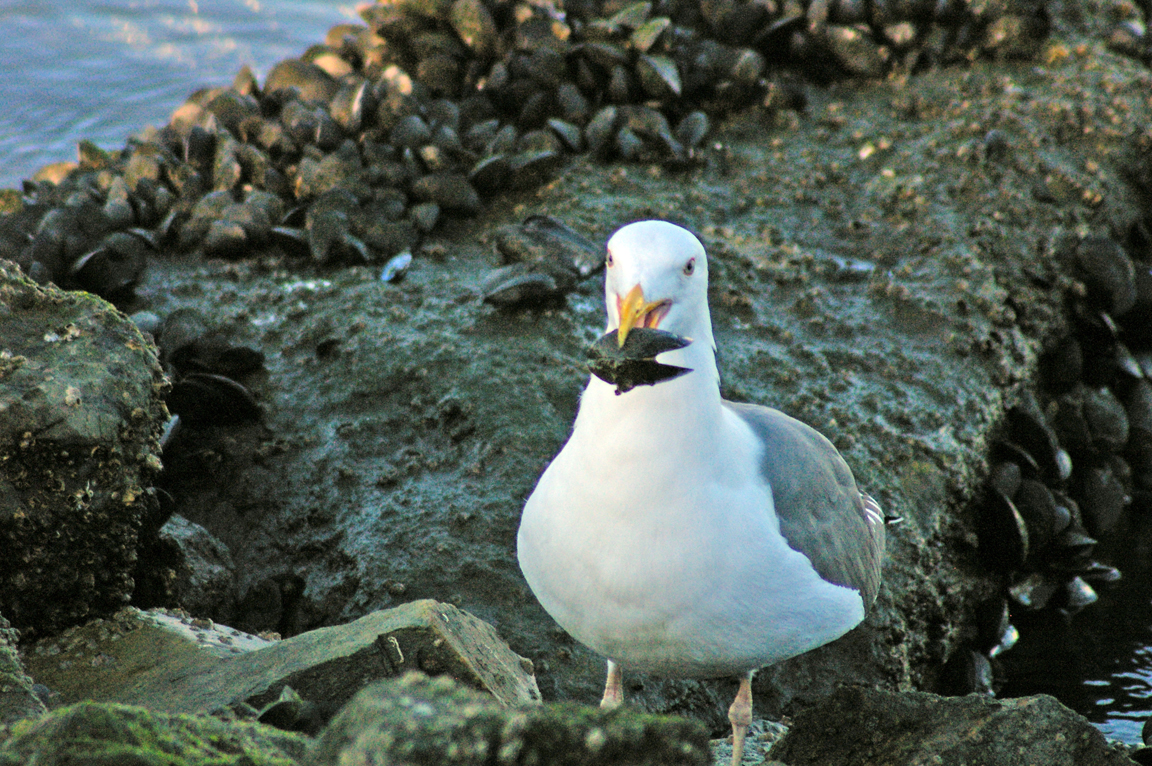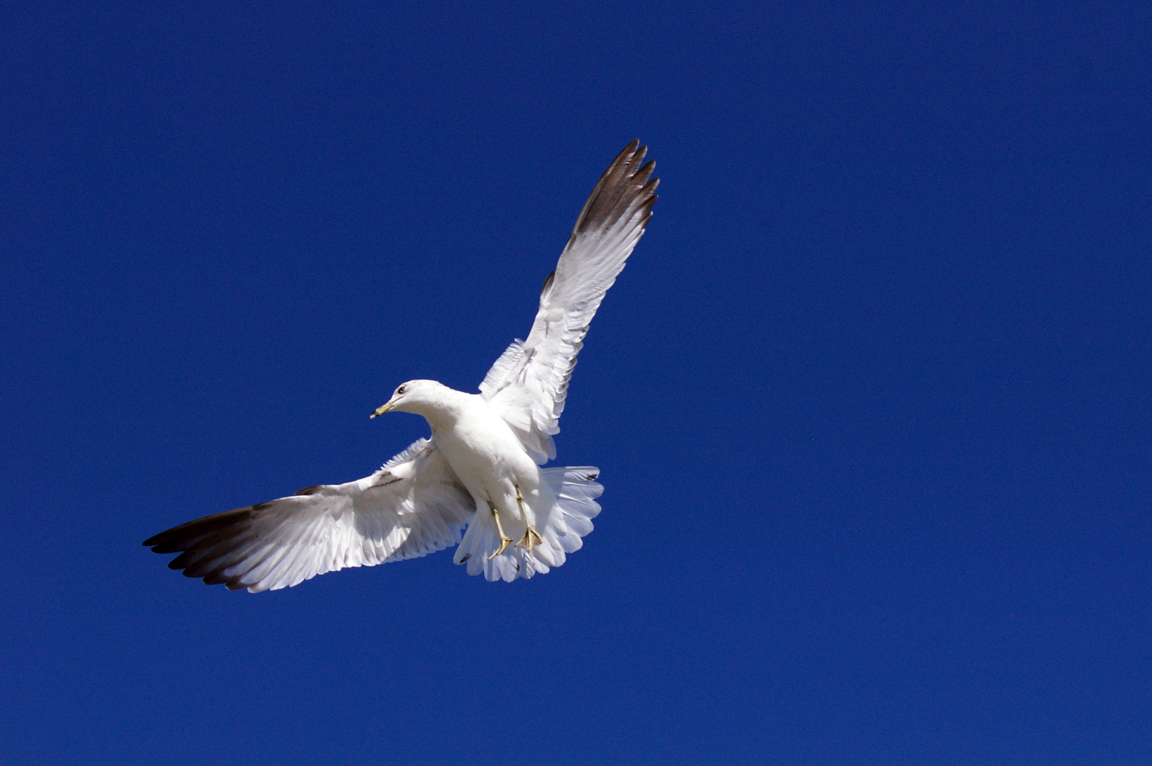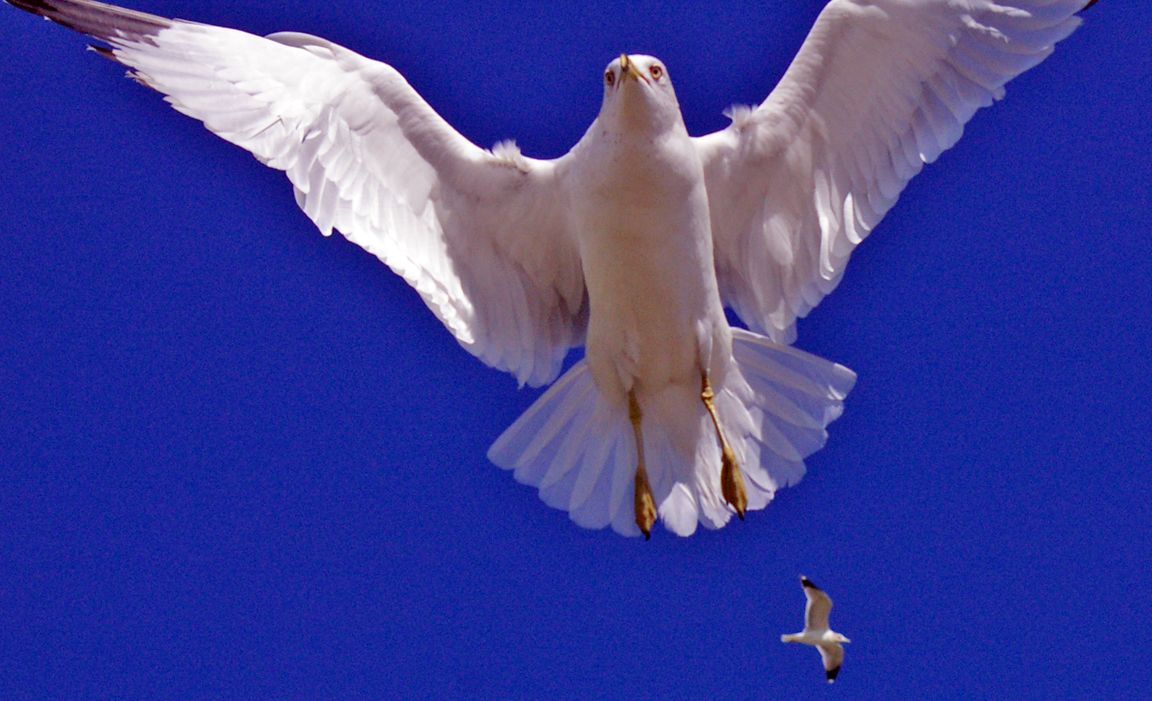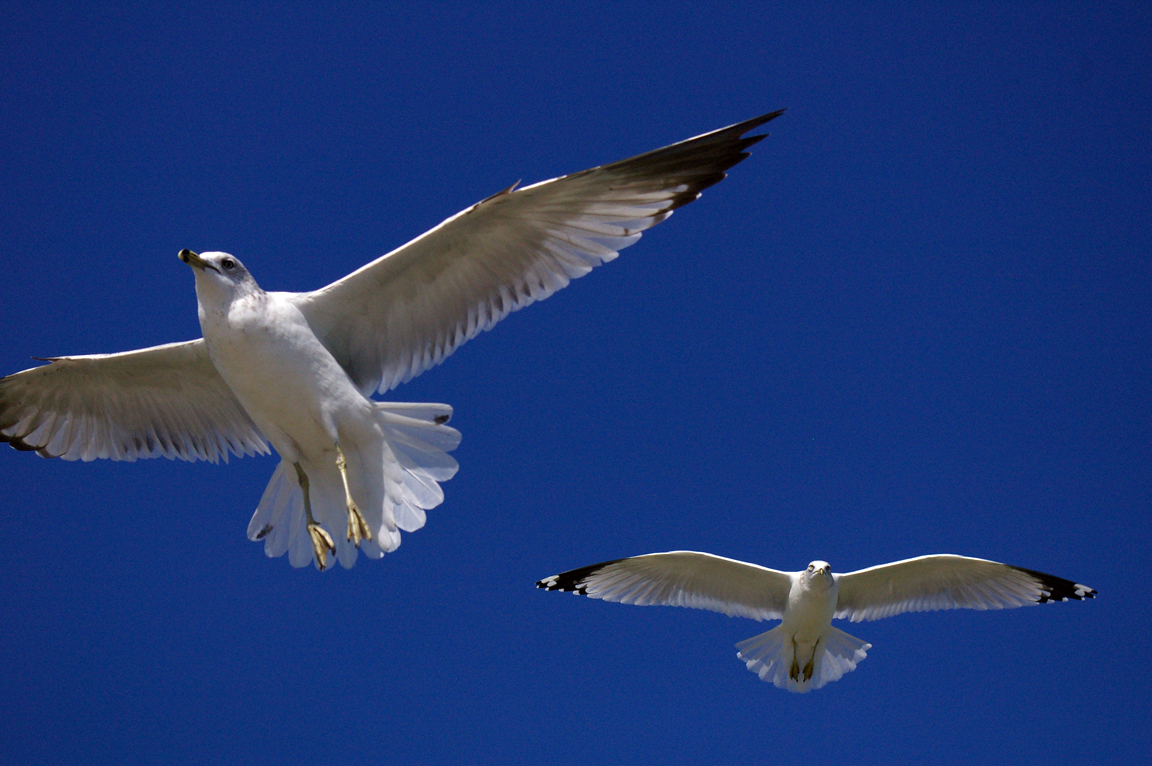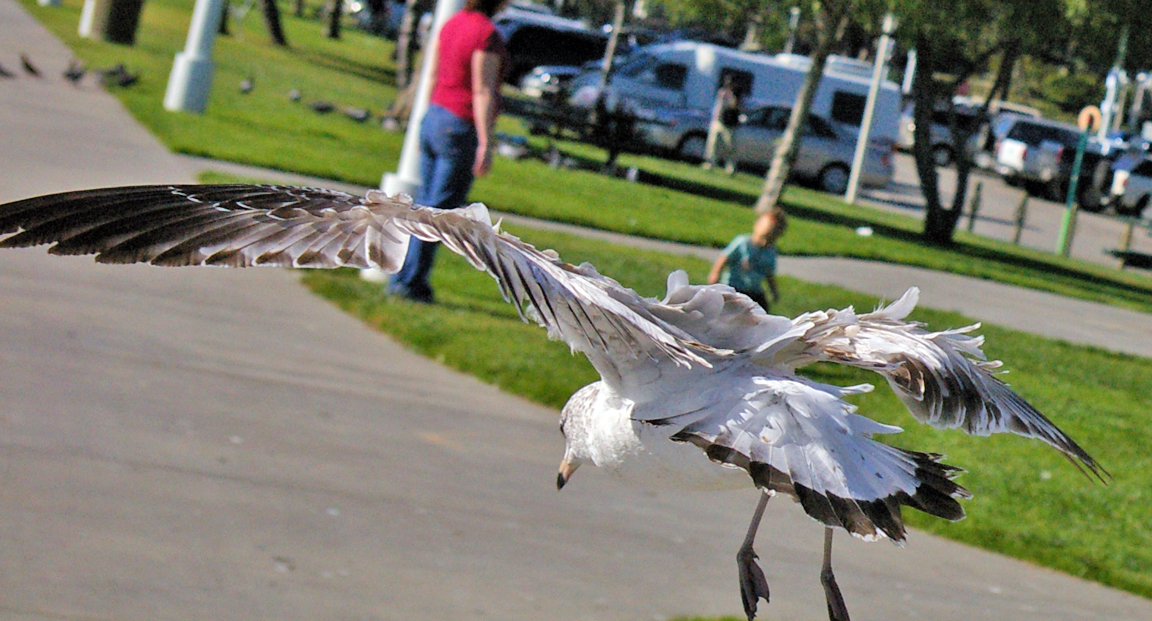|
|
|
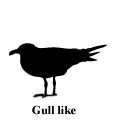 |
California Gull
|
| Larus californicus | |
A common winter gull of the West Coast, the California Gull breeds inland across large areas of the West. It can be found in parking lots and lakes from California to Manitoba.
Interesting Information
-
The California Gull is the "seagull" that came to the aid of Mormon settlers in Utah, helping rid their crops of a plague of grasshoppers. A golden statue in Salt Lake City commemorates the event, and in recognition the California Gull was made the state bird of Utah.
-
The California Gull, like most gulls, is an opportunistic feeder, eating anything it can catch or scavenge. It has an odd foraging strategy for catching alkali flies along the shores of salty lakes in the Great Basin. It starts at one end of a huge raft of flies sitting on the beach and runs through the flies with its head down and bill open, snapping up flies.
-
Both parents incubate the eggs, taking turns throughout the day at about three to four hour intervals. Usually an adult calls as it flies into the nest area. The incubating gull stands up and gives several "Long Calls" as its mate lands near the nest. The returning mate joins in calling, and the pair sometimes walks around their tiny territory together. Sometimes the incubating bird does not stand up right away, and the returning mate has to resort to making different display calls, presenting nest material to the incubator, or physically nudging the bird to get it off the nest.
-
Two different subspecies of California Gull exist. The gulls that breed in the Great Basin region of the western United States are smaller and darker backed, and those breeding in the Great Plains are larger and paler.
Description
Adult Description
-
Size: 47-54 cm (19-21 in)
-
Wingspan: 130 cm (51 in)
-
Weight: 430-1045 g (15.18-36.89 ounces)
-
Medium-sized gull.
-
Yellow bill with black ring near the tip and red spot on lower mandible.
-
Head and underparts white.
-
Back medium dark gray.
-
Wingtips black with white spots.
-
Legs yellow-green.
-
Eyes dark brown.
-
Red ring of skin around eyes.
-
Gape red.
Breeding (Alternate) Plumage
Head and nape white. Tail completely white. Wings light gray with black tips and white spots on very tips of feathers. White spots near tips of outer two or three feathers.
Nonbreeding (Basic) Plumage
Like breeding, but with light gray mottling on the white head and nape.
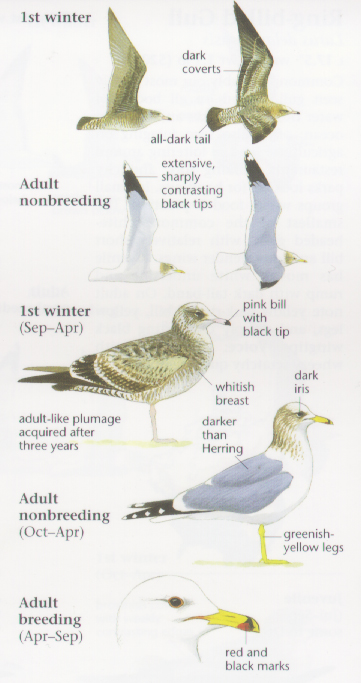
Photo taken from: The Sibley Field Guide by David Allen Sibley
Sex Differences
Sexes alike in plumage, male slightly larger than female.
Immature
Juvenal plumage
Dark brown head and body, face and nape paler. Back brown with light edgings to feathers. Throat, breast, belly, and undertail barred gray-brown and white. Tail black, edged in white. Flight feathers on wing blackish. Inner primaries and secondaries gray-black. Greater wing coverts black. Bill black, base getting lighter over time. Legs brown to black. Eyes dark brown.
First Winter (Basic I): Like juvenal, but head, throat, and breast whiter, and back is dusky gray with spots of brown. Belly is mainly white. Bill black with base becoming paler. Eyes dark brown.
First Summer (Alternate I): Head, neck, throat, breast, and belly mostly white. Dusky mottling still on belly, sides of throat, lower nape, and around eyes. Back blue-gray with varying amounts of spotting. Wing feathers worn and paler brown. Rump white. Undertail a mix of white and barred feathers. Bill pale with black tip. Eyes dark brown.
Second Winter (Basic II) : Head, throat, and belly mostly white. Dusky mottling on sides, sides of neck, and nape. Wing tips black, but outermost two feathers may have white spots. Back gray, wings mottled gray and brown. Rump and undertail white. Tail white at base with black outer half and white tip. Bill creamy white, with black band near white tip. Eyes dark brown. Legs bluish gray.
Second Summer (Alternate II): Head and neck largely white, but most birds have some dusky markings on lower nape. Wing tips black, but outermost two may have white spots. Back gray, wings mottled gray and brown. Underparts mostly white, with some birds having dark feathers in center of belly. Bill cream to greenish to yellow, with black band and beginning of red spot on lower mandible. Eyes dark brown. Legs and feet variable, cream to gray to greenish to yellow.
Third Winter (Basic III): Extensive grayish brown streaking on back of otherwise white head and neck. Back gray. Underparts white. Tail largely white with variable dark markings, usually toward the tip. Outer wing feathers (primaries) black with white subterminal spots on some. Bill yellow with black band and variable red spot. Eyes dark brown.
Third Summer (Alternate III): Head and neck pure white or with some dusky markings. Back all gray. Underparts white. Tail white with some dark smudging. Bill yellow with black band and some red on lower mandible. Eyes dark brown. Legs light greenish.
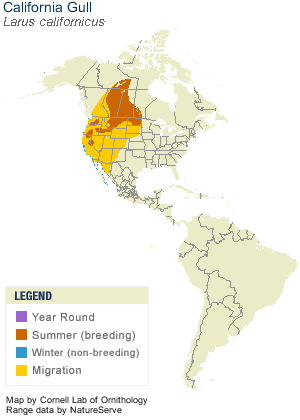
© 2003 Cornell Lab of Ornithology
|
Habitat |
|
Breeds on islands in lakes or rivers. Forages along lakes, bogs, farm fields, lawns, pastures, sagebrush, garbage dumps, feedlots, parking lots, ocean beaches, and open ocean. |
|
Behavior |
|
Forages while walking on land, dips for food on surface of water, follows plows for insects. |
|
Food |
|
Fish, insects, earthworms, small mammals, grain, garbage, fruit, marine invertebrates. |
Taxonomy
| Kingdom: | Animalia |
| Phylum: | Chordata |
| Subphylum: | Vertebrata |
| Class: | Aves |
| Order: | Charadriiformes |
| Family: | Laridae |
| Subfamily: | Larinae |
| Genus: | Larus |
| Species: | Larus californicus |
Similar Species |
|
|
Bird Sound |
|
Call a scratchy, hoarse series of "aow" and "uh-uh-uh" notes. |
|
Eggs look like this |
|
Photo taken from: ARCTOS Collaborative Collection Management Solution |
Videos
California Gull
Up close and personal
